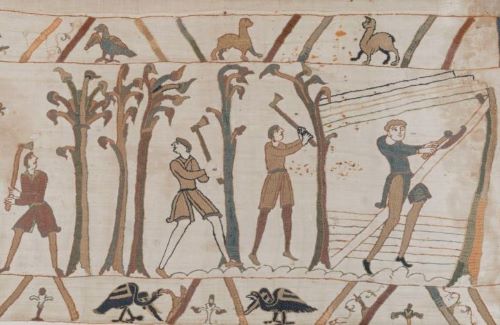SOPAST
Archaeology and history of risks
SOPAST – Archaeology and history of risks
Archaeological risks
The human population has always been confronted with risks of various types and origins related to the environment, its use, transformation and the use of available resources.
This fourth area of work stems from the desire to bring together the forces present at Chrono-environnement, which are developing research around the issue of archaeological risks, either uniquely or in the form of more successful projects.
Les incendies de végétation font partie intégrante de la dynamique naturelle des écosystèmes terrestres.
Human exploitation of the environment and resources, as well as major behavioral changes in societies (urbanization, industrialization), have inevitably led to the emergence of risks.
These risks take various forms, such as pollution from metals in mining, fecal pollution related to population concentration and urban development, but also risks related to the consumption of these resources and food. This has direct implications for the health of ancient populations and paleoecosystems, and the research conducted on these topics is taking on its full significance in current scientific dynamics (including the One Health concept).



